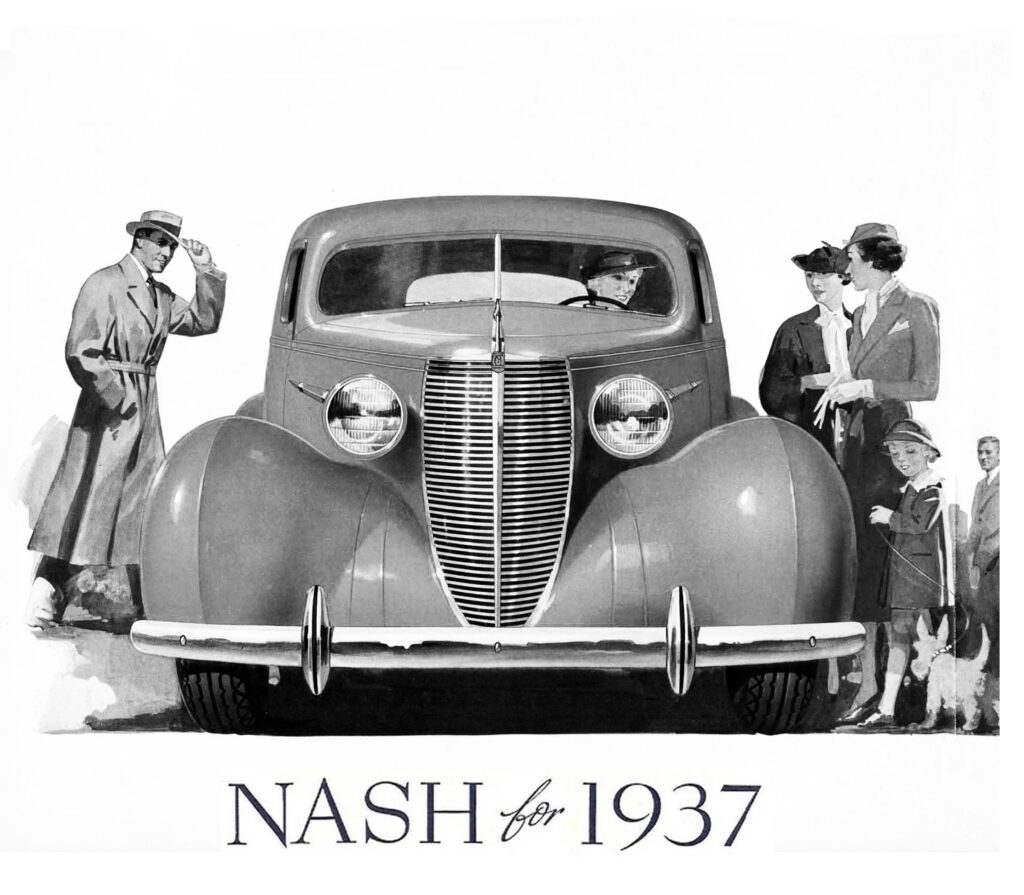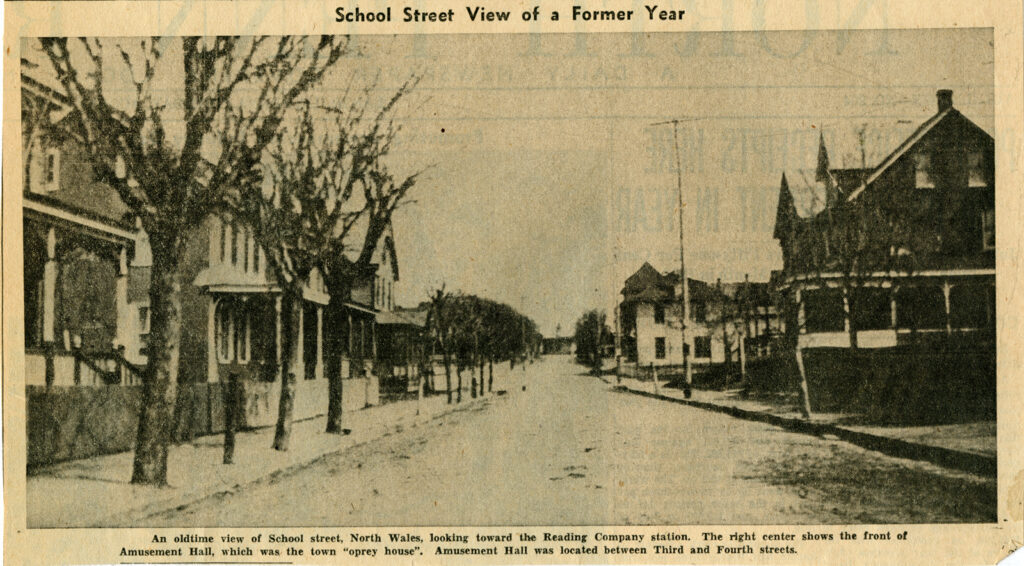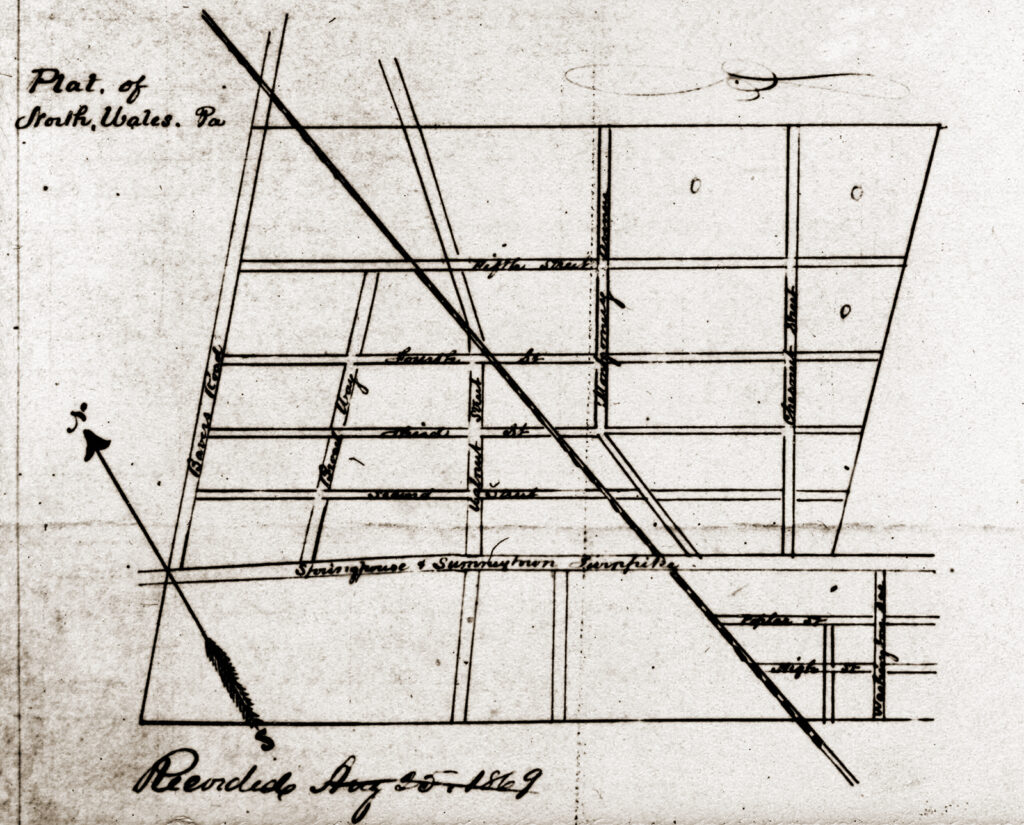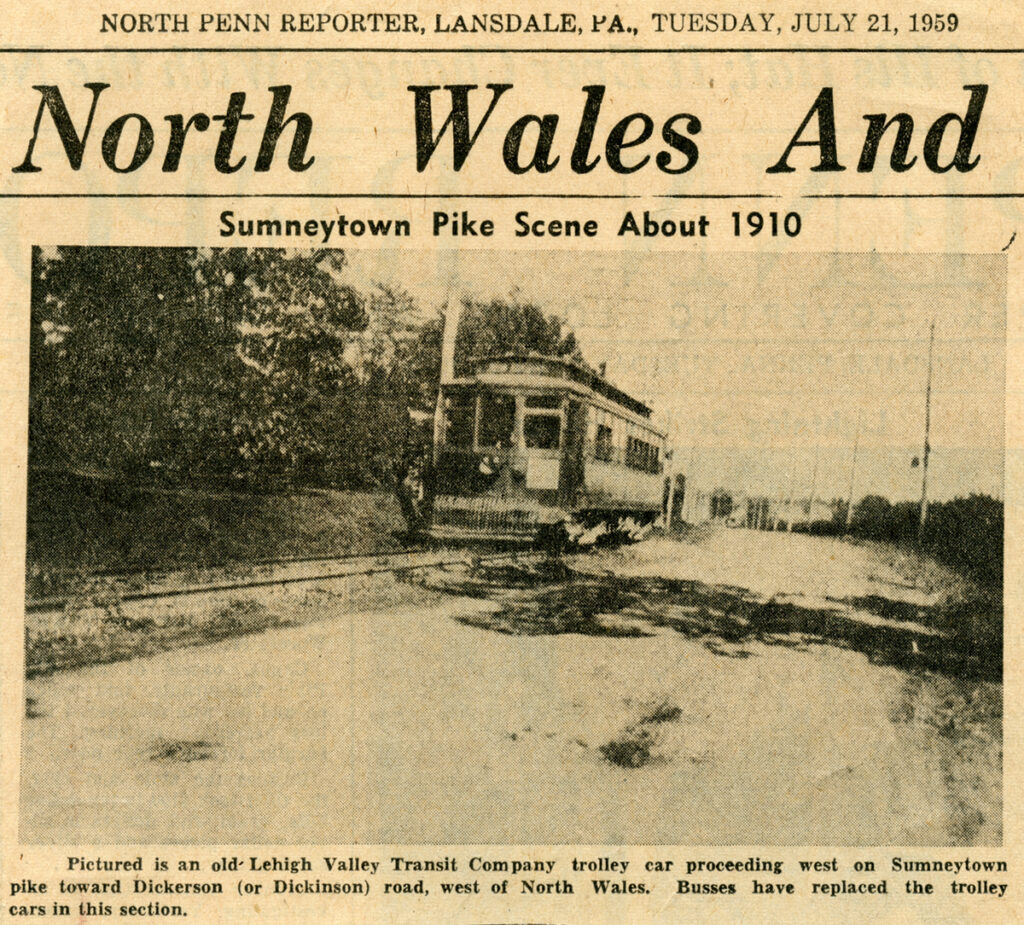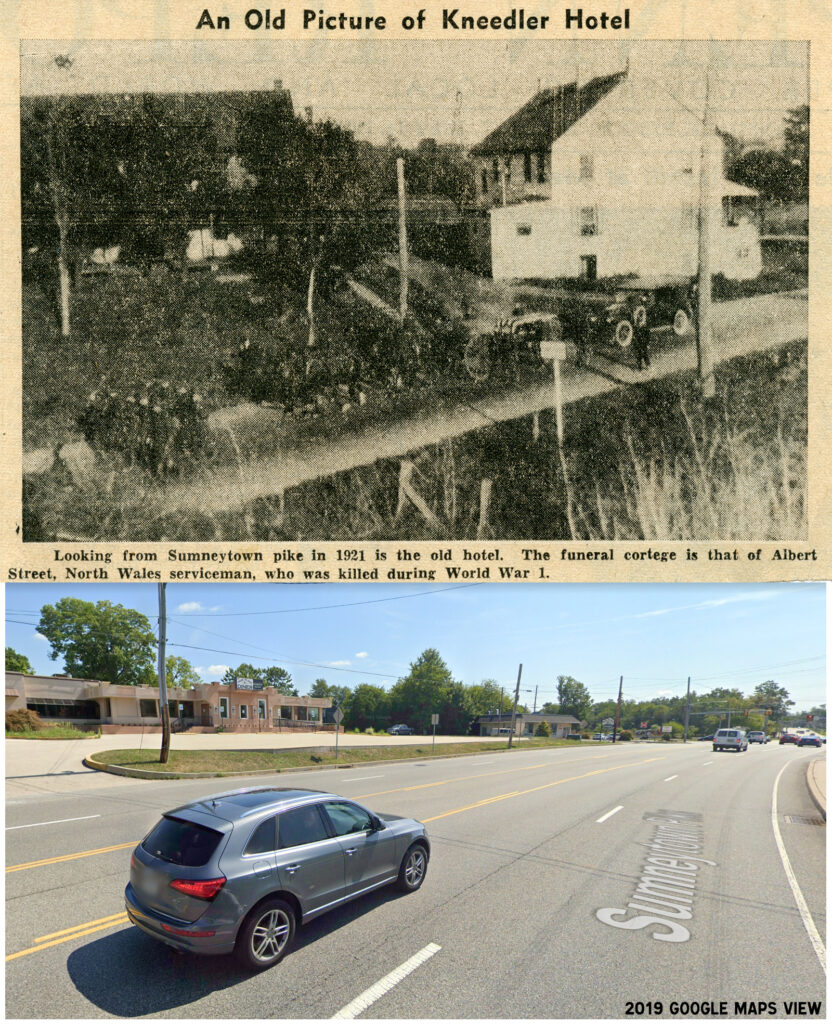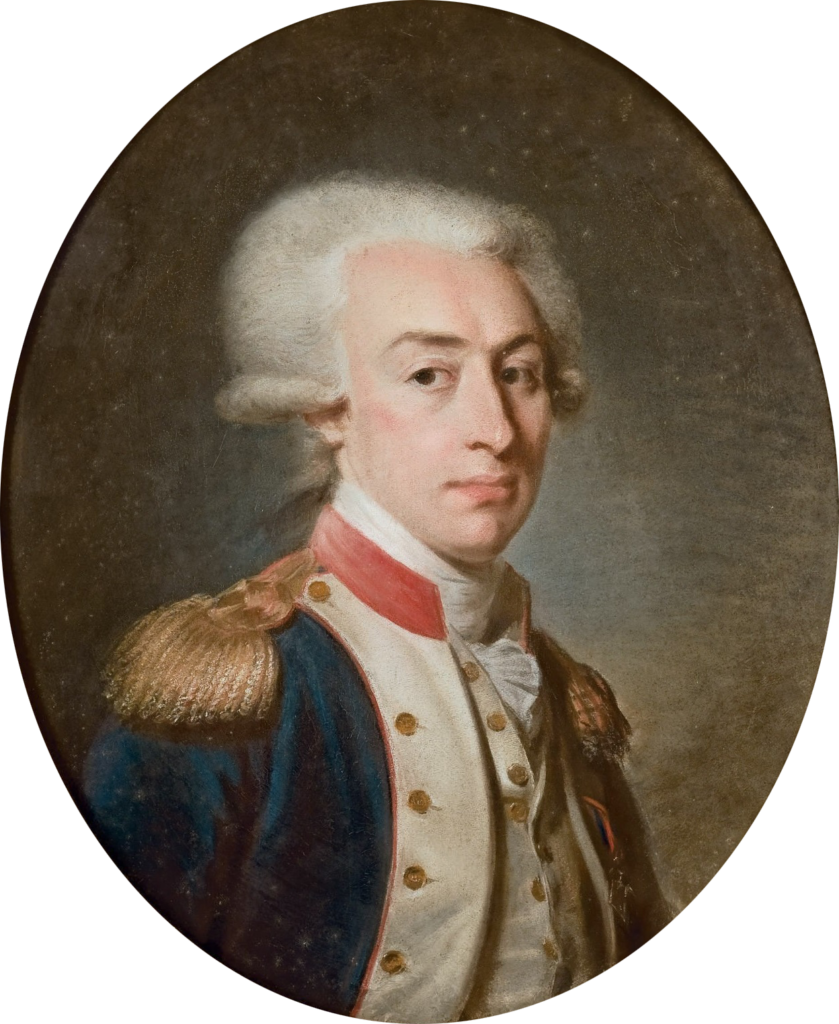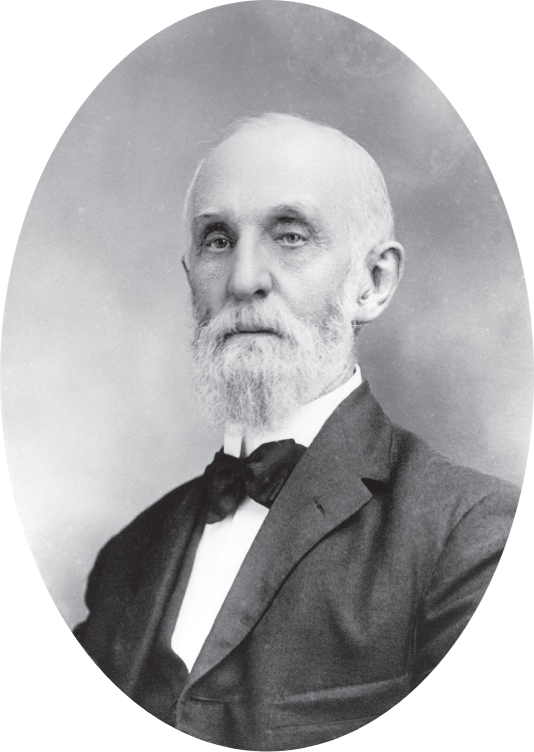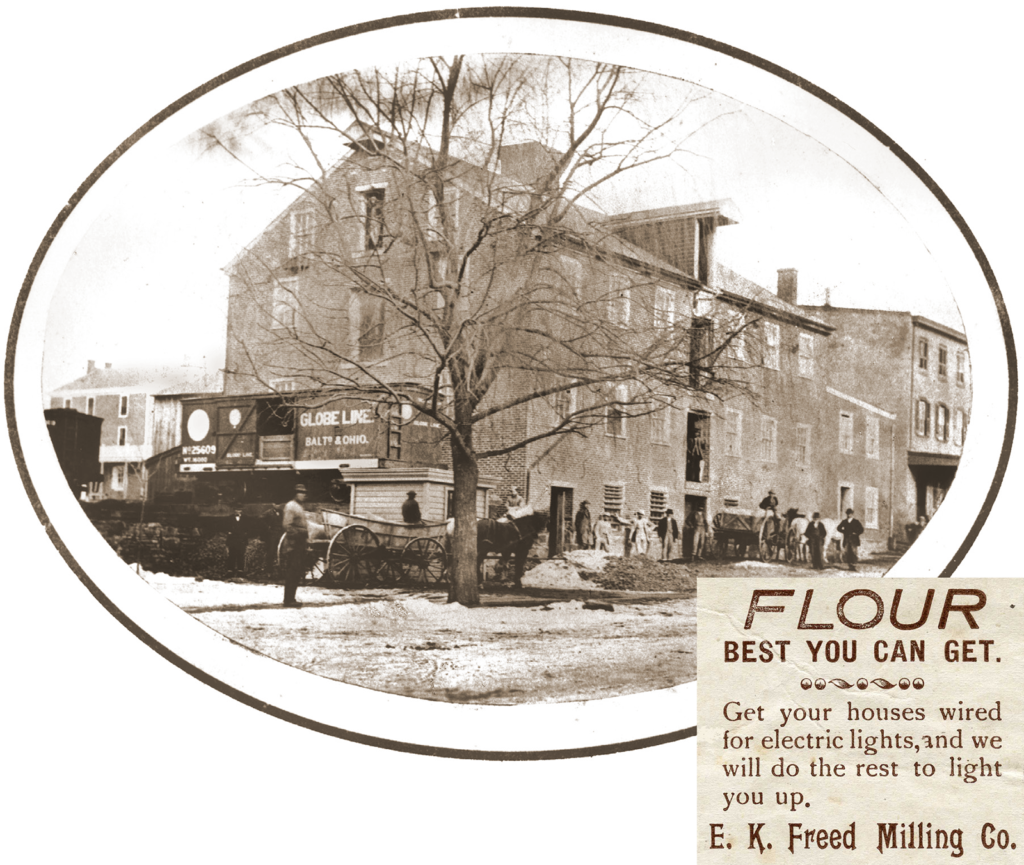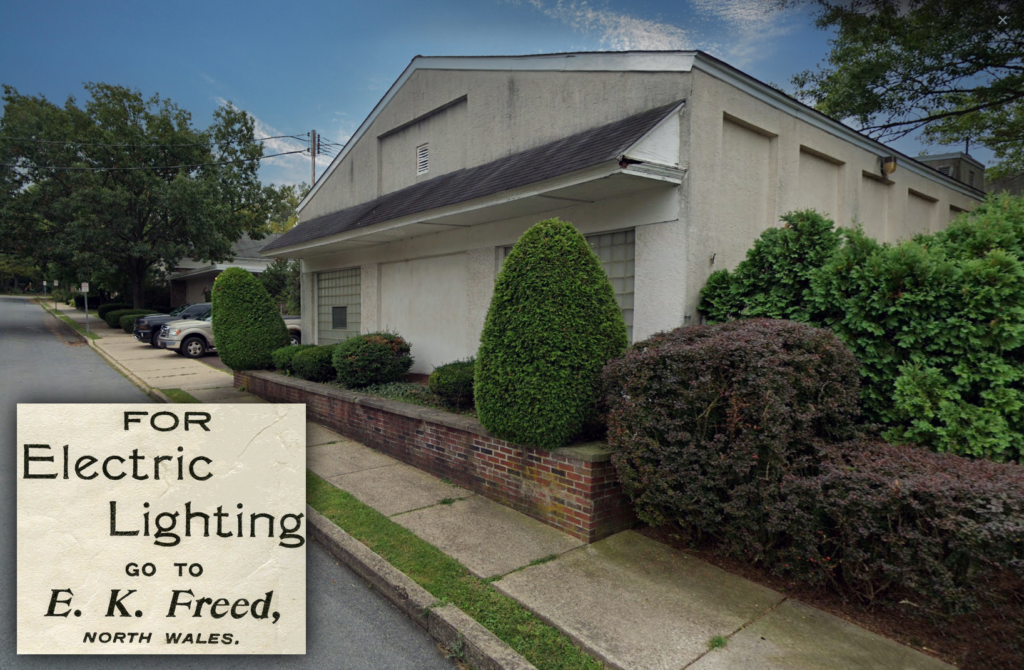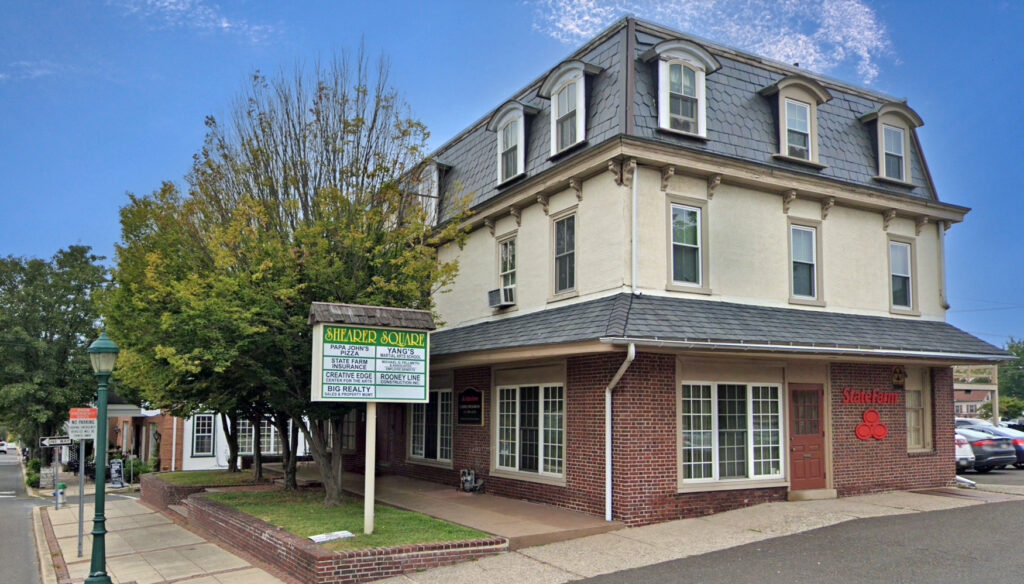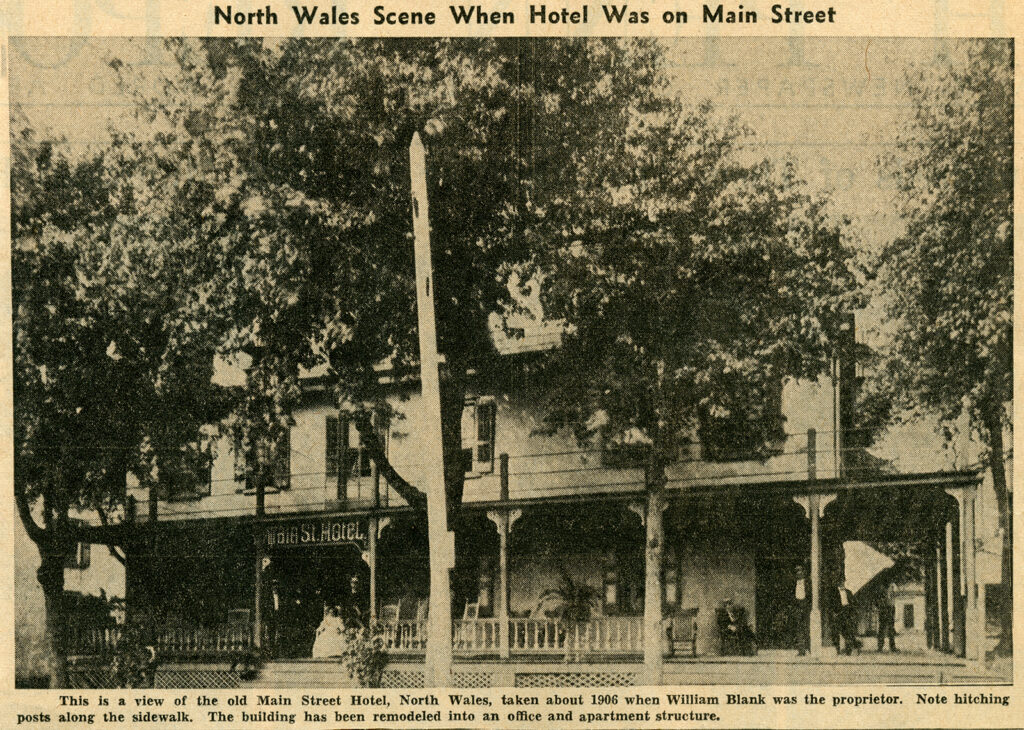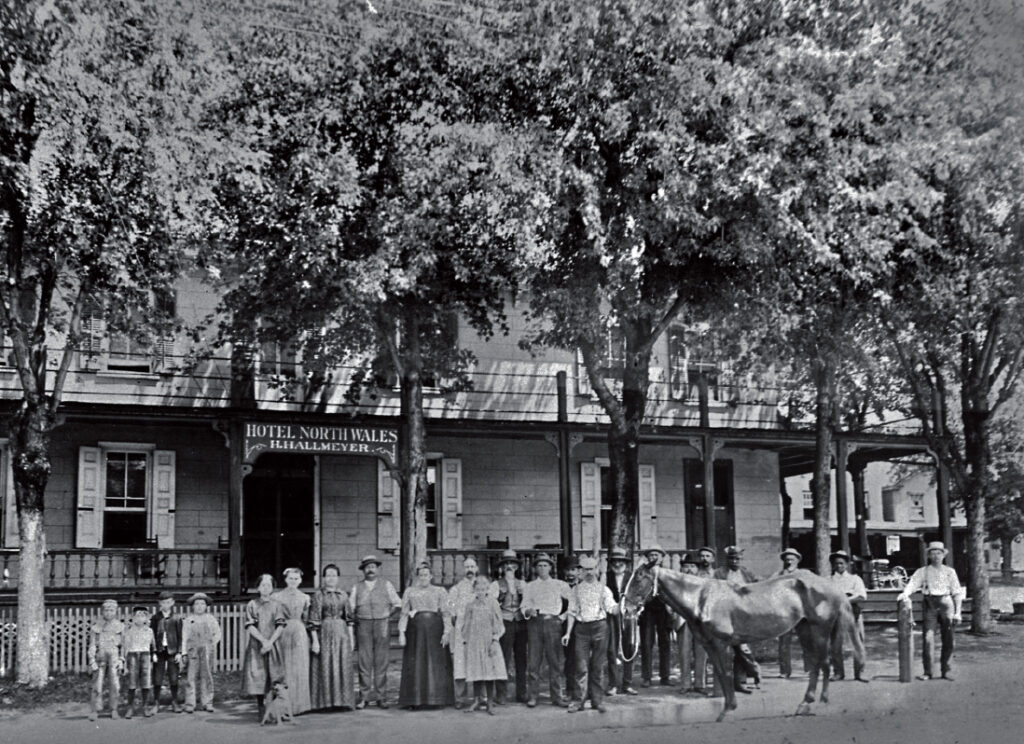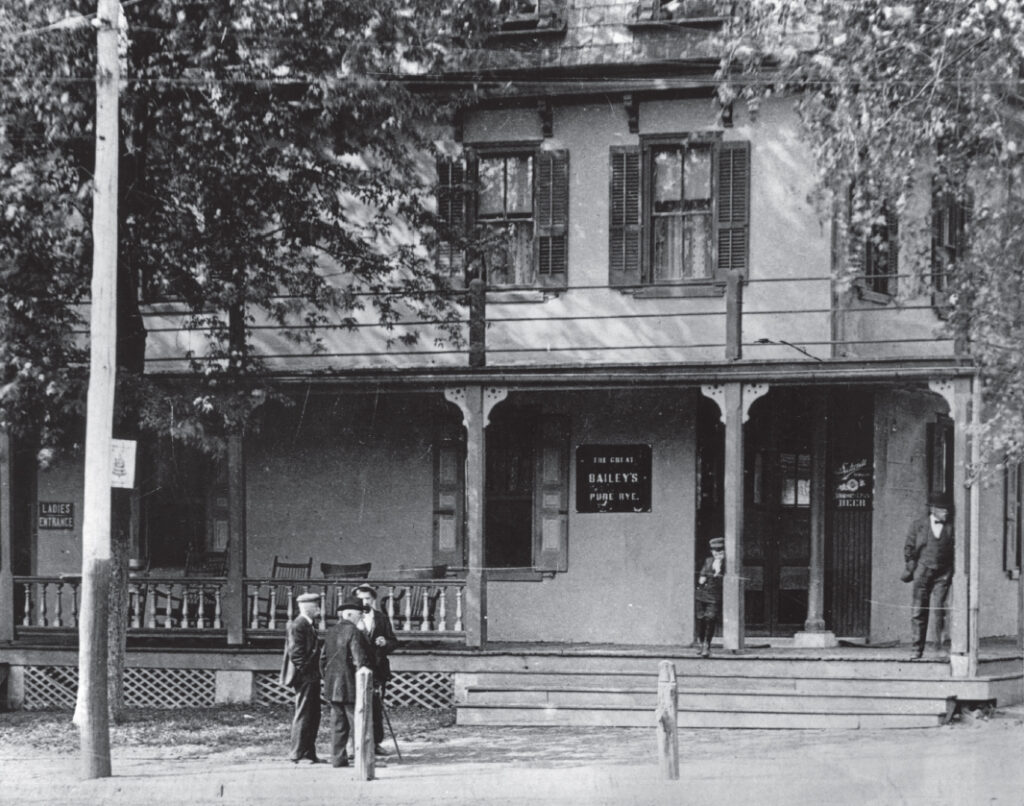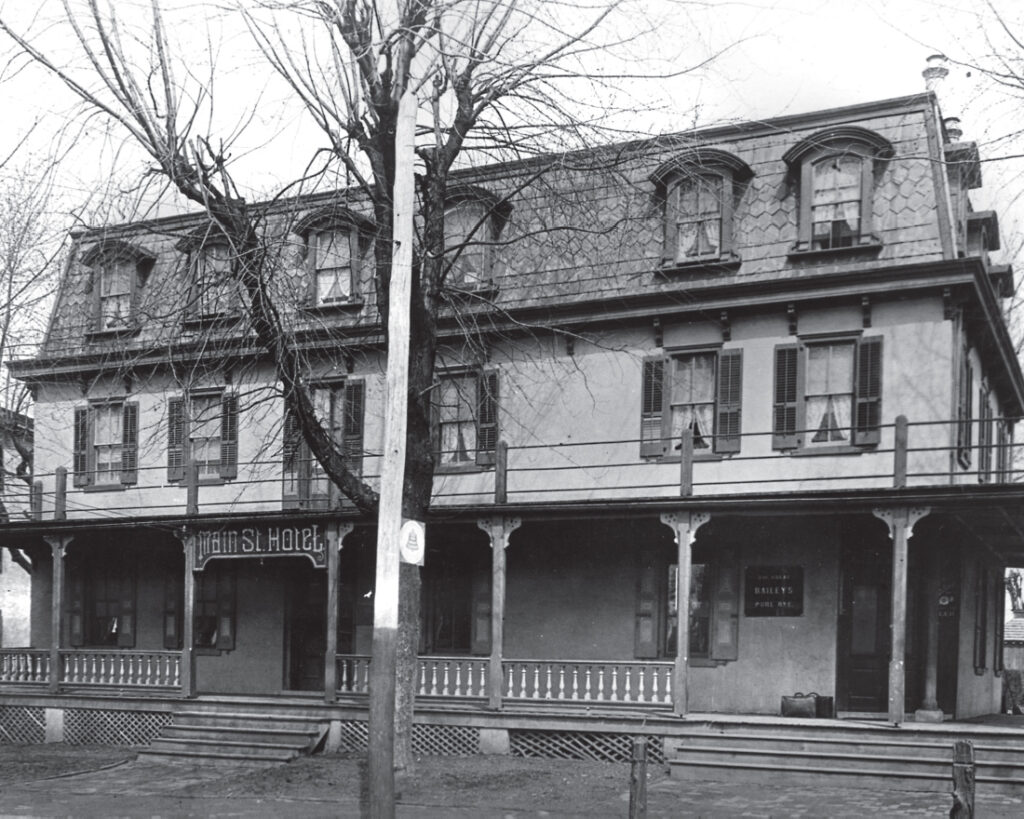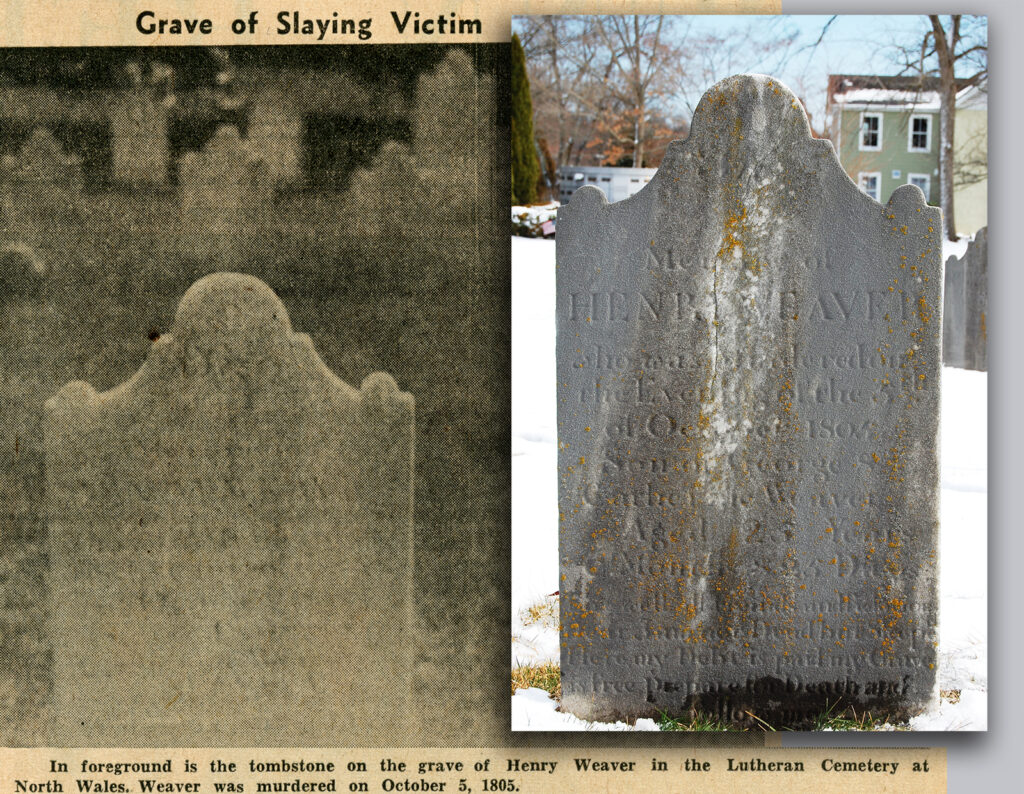In June 1937, North Wales borough council unanimously agreed to the purchase of a new Nash Lafayette police car. Recommended by the council safety committee, the purchase was made through the John H. Dodson Nash dealership located at the northwest corner of Walnut Street and Center Street.
The four-door Nash was optioned with “the modern ambulance conversion.” The June 3, 1937 issue of the North Wales Record newspaper reported:
“This is the first and only type of police car in this area. Within a few seconds the rear of the automobile can be converted into an ambulance with all the conveniences, and a patient may be transported easily and in comfort to the nearest medical unit.
“The car will be equipped with two searchlights, and a police siren with a flashing red blinker to warn oncoming traffic.”

When the car arrived in September, a photograph illustrating the ambulance conversion along with a description of its features appeared:
“One of the finest equipped police cars in the county is now operating in the Borough of North Wales and was purchased a few months ago by Town Council. It is equipped with two powerful side search lights and a red blinker siren is mounted on the roof. Its interior is roomy and it possesses excellent speed.
“The most interesting feature of the car and the newest ‘wrinkle’ in police cars is the rear ambulance conversion. In a few seconds the rear of the car may be converted into an ambulance fully equipped with an auxiliary stretcher, blankets, pillow, pads and all necessities and a patient may be quickly and comfortably conveyed to the nearest hospital unit. This is one of the features of the car to which Council gave serious consideration when purchasing. The ambulance is not only for use on the road in the event of an accident but is also at the service of the community.
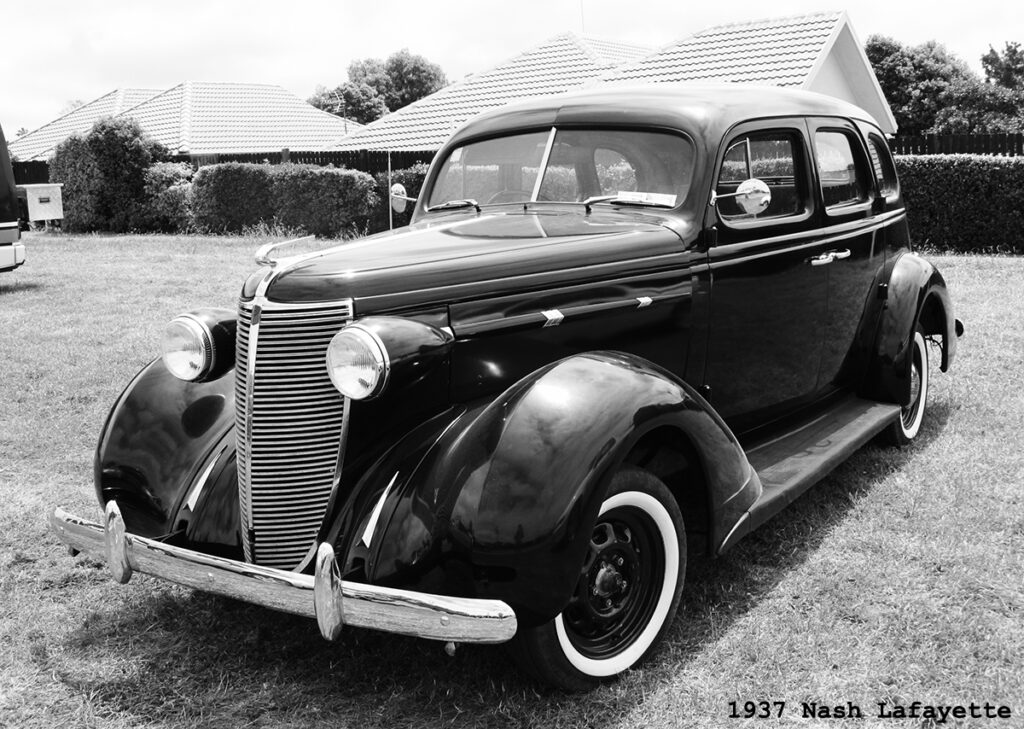
“The Donald McLeod Post, American Legion, North Wales, is the donor of the ambulance equipment. While the car is now equipped with the necessary supplies, the ‘extras’ will be officially presented to the Police Department by the Legion Post in the future. This snappy police car with its modern equipment has been viewed and photographed by officials and residents of many surrounding towns and pronounced as the ‘ideal police’ car.
“It was purchased through the Lafayette agency of John Dodson, North Wales.
“In picture reading from left to right: Burgess W. E. Rourke; Melvin A. Hemmerle, assisting Chief of Police; Chief H. W. Turner; and Charles Brommer III, lying on stretcher).”
The caption above refers to the newspaper photograph at the top of this page. The second photo is not of the North Wales car; it is a photo of another 1937 Nash Lafayette that gives a sense of what these large streamlined sedans looked like. The image below is from a stylish 1937 Nash advertisement.
